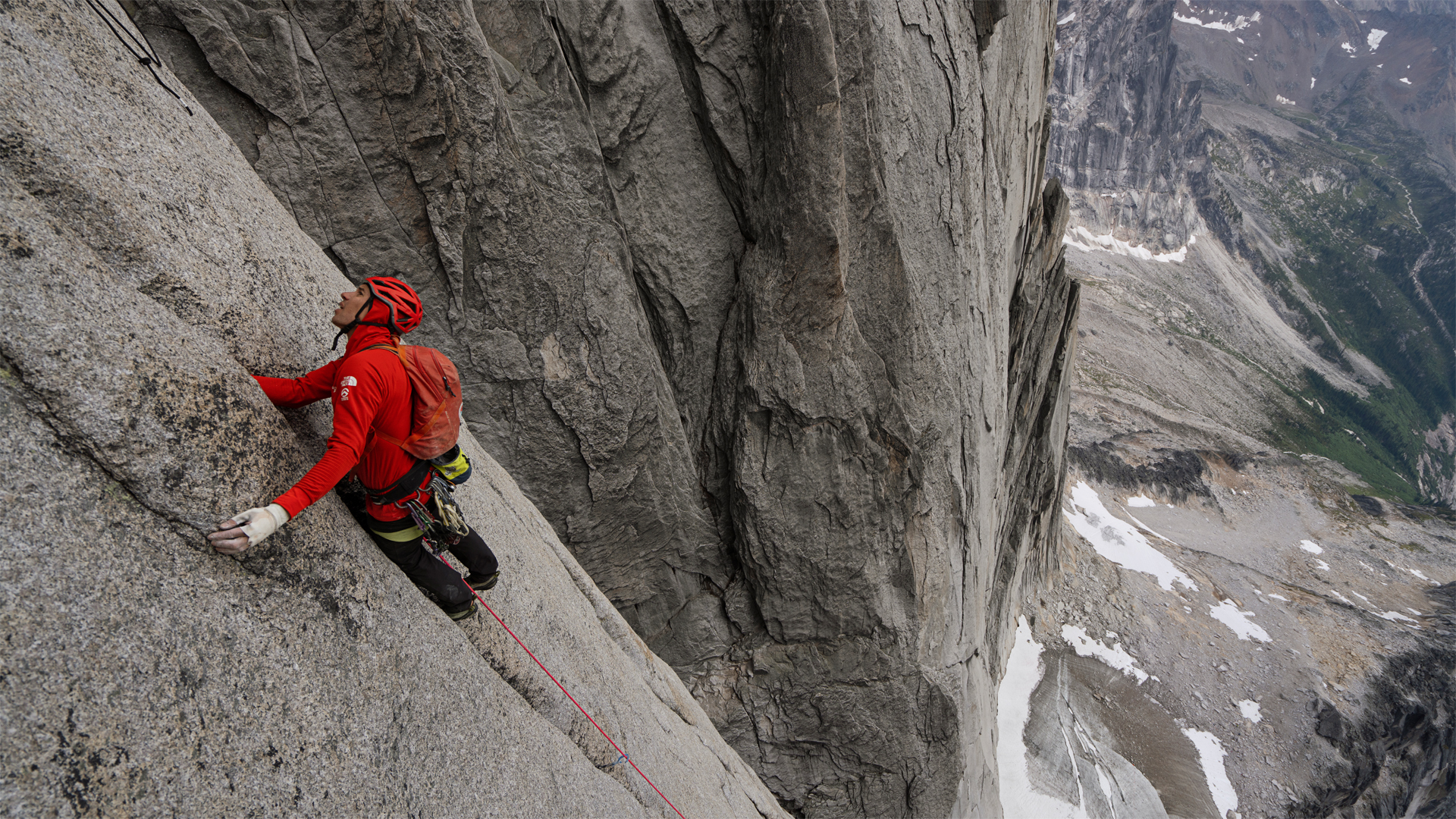Can you be injured by your trekking poles?
Many hikers use trekking poles to prevent injury, but can they actually put you in harm’s way?
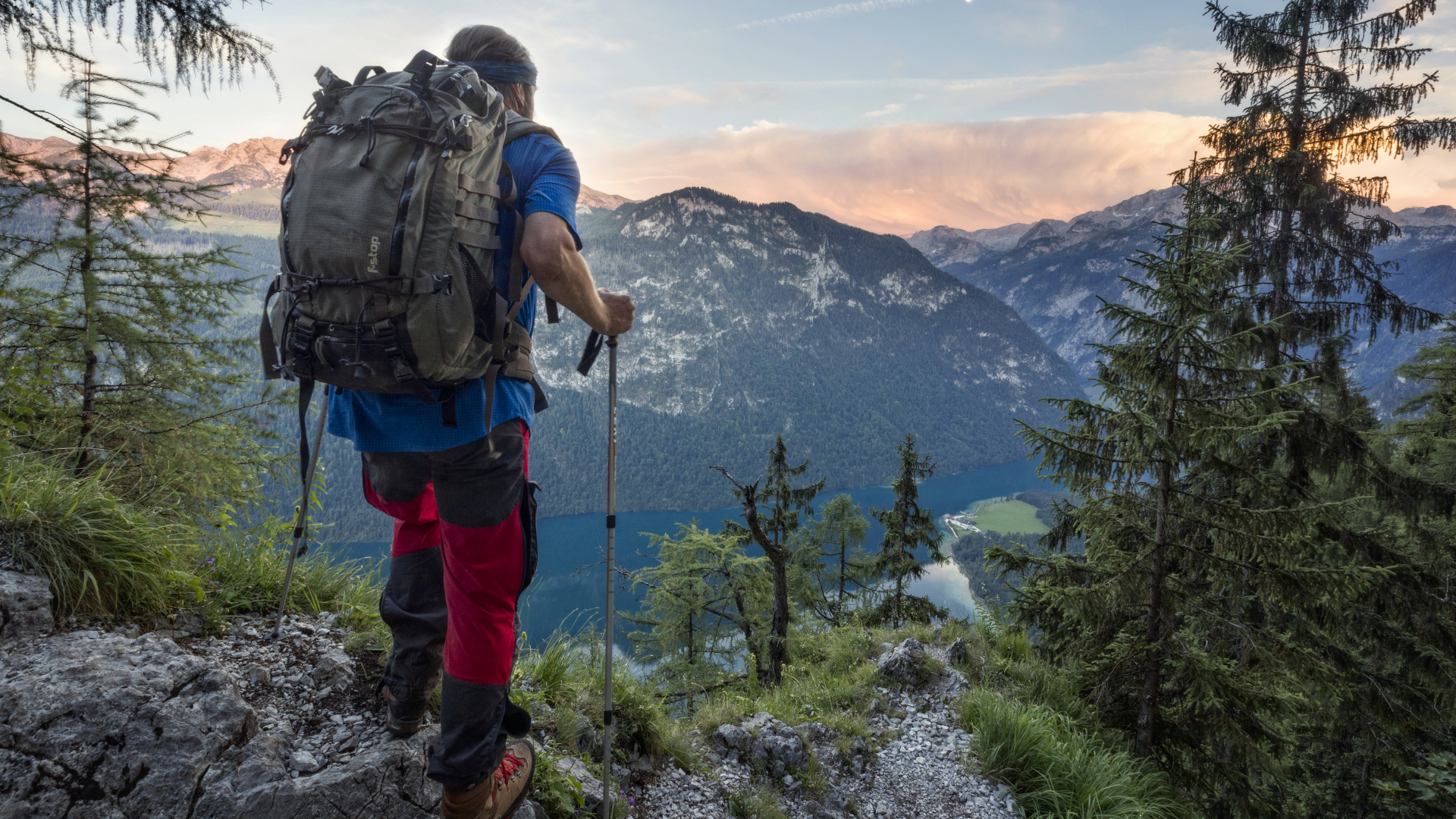
Earlier this summer, I was hiking up Ben Vane, a munro in the Scottish Arrochar Alps that’s known for its onerous nature. Though not a particularly long walk, the rocky climb to the top is fairly relentless and towards the top, it’s one where you want both hands free for quite a bit of scrambling. Not for the faint of heart, as they say. Near the rocky summit, I encountered another hiker coming down tentatively, one arm in a ready-made sling, which is never a heartening sight on a mountain.
“Any chance you know how to put a shoulder back in its socket?” his partner asked.
I shook my head apologetically and asked what had happened. It turned out he’d been climbing using trekking poles when one had slipped out from underneath his weight, causing his shoulder to dislocate. Ouch.
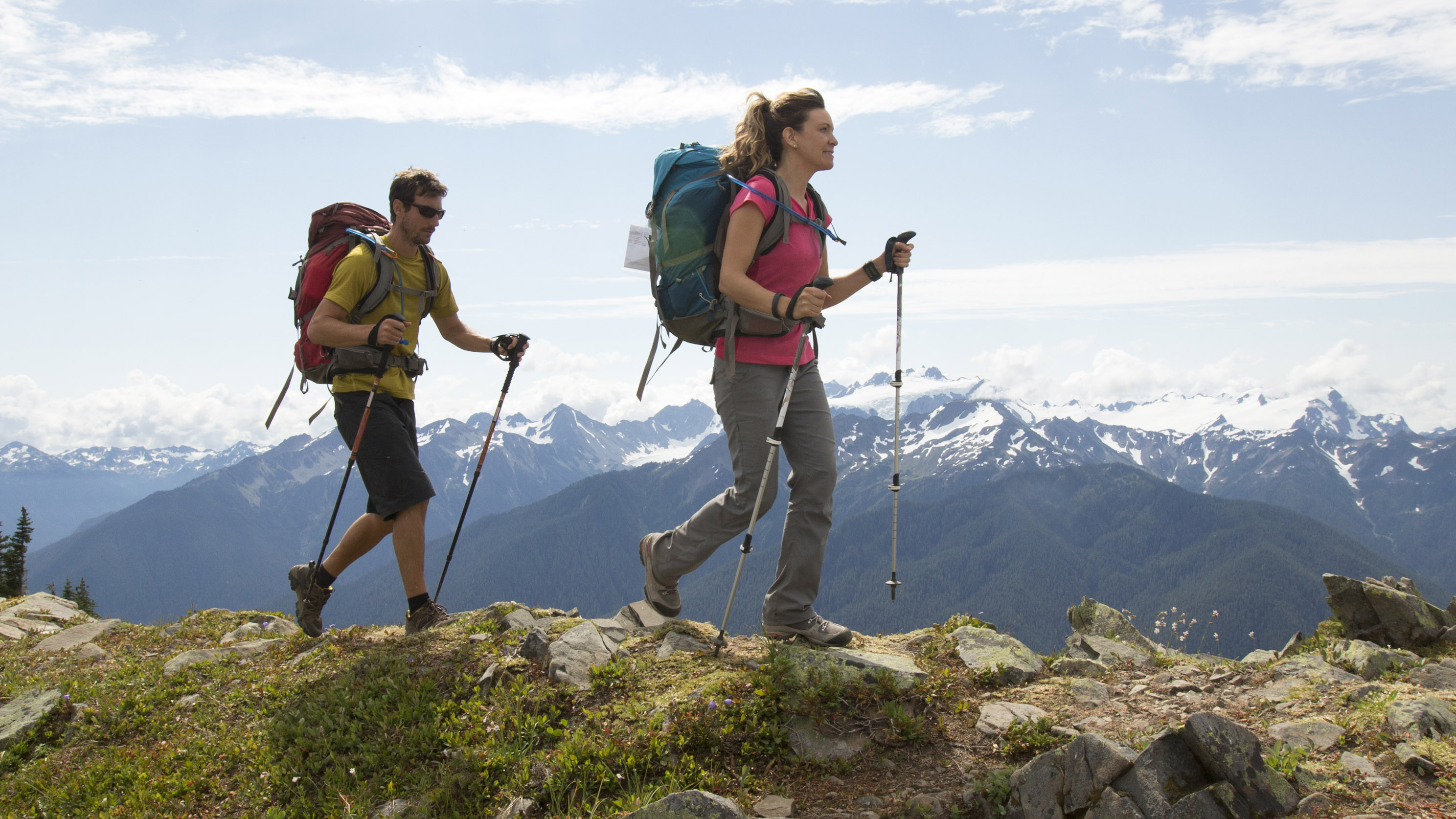
After we parted ways, I found myself using my own trekking poles with a lot less nonchalance than I usually tend to. Of course, any time you recreate in the mountains, you assume certain risks – a rock gives way underneath your hiking boot, unforecast lightning rolls in, your trekking pole slips against a rock. There are things we can and should do to mitigate these risks – pay attention, check the forecast, summit early, pay attention – but we can’t remove them entirely without just staying home, and I don’t know about you but that’s not an option for me. But I did wonder, are trekking poles a potential cause of injury?
I’ve been a big advocate for using trekking poles for years. When I lived in the Rocky Mountains, I’d always use them for coming down 14ers, since long descents down steep boulder fields when you’re tired is a recipe for knee pain, or worse. In my mid-thirties I had a skiing accident that resulted in two knee surgeries and nowadays I happily use my poles for every ascent as well as descent. I can move faster and more efficiently when I’m going uphill and using my arms as well as my legs, and my knees are happier for the downhill, which I enthusiastically relay to any hiker who asks me. But now I was wondering whether my trekking poles could actually pose a hazard I’d never considered.
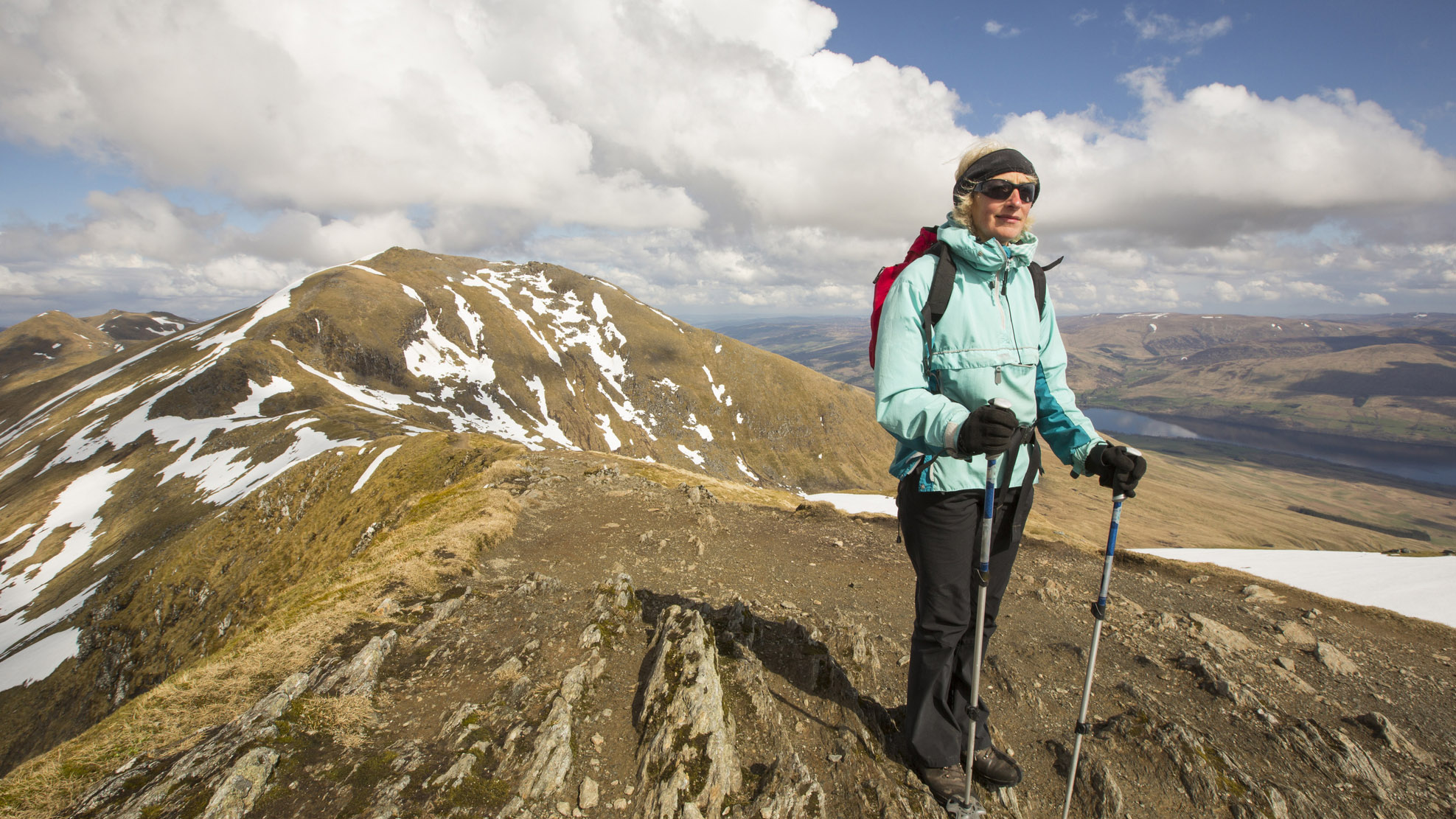
Can you get injured by your trekking poles?
Besides occasionally jabbing myself in the calf with the tip when I’m not paying attention and have got tangled up, I’ve never had any issue with poles, but I decided to do a little digging to try to find out if trekking pole injuries are common. In doing so, I stumbled across a 2006 study in a German journal Sportverletz Sportschaden which confirmed that shoulder dislocations do sometimes occur with trekking poles, however I was relieved to see that they are rare. The overall injury rate from walking with poles was just under one injury per 1,000 hours of walking. It’s difficult to compare any two studies on hiking, because there are so many variables, but suffice to say that incidence here is quite low even by hiking injury standards. Of the 137 athletes surveyed, shoulder injuries accounted for a mere 0.171 injuries per 1,000 hours of walking with poles, or a little over a tenth of the injuries reported, while a mere 0.069 of those were shoulder dislocations.
What is most common is a thumb injury from using trekking poles, known as Nordic walking thumb, sustained when you fall but keep holding onto your pole, which can force your thumb back and out to the side, causing injury to the ligament. These injuries accounted for around a quarter of all walking pole injuries, while some calf muscle injuries were reported with no information given as to whether those were also walkers accidentally jabbing themselves, as is my specialty (I suspect so, unofficially).
Advnture Newsletter
All the latest inspiration, tips and guides to help you plan your next Advnture!
Finally, it was noted that injuries such as wrist fractures, ankle sprains and shin splints were rare, while no knee injuries were reported at all. Hooray!
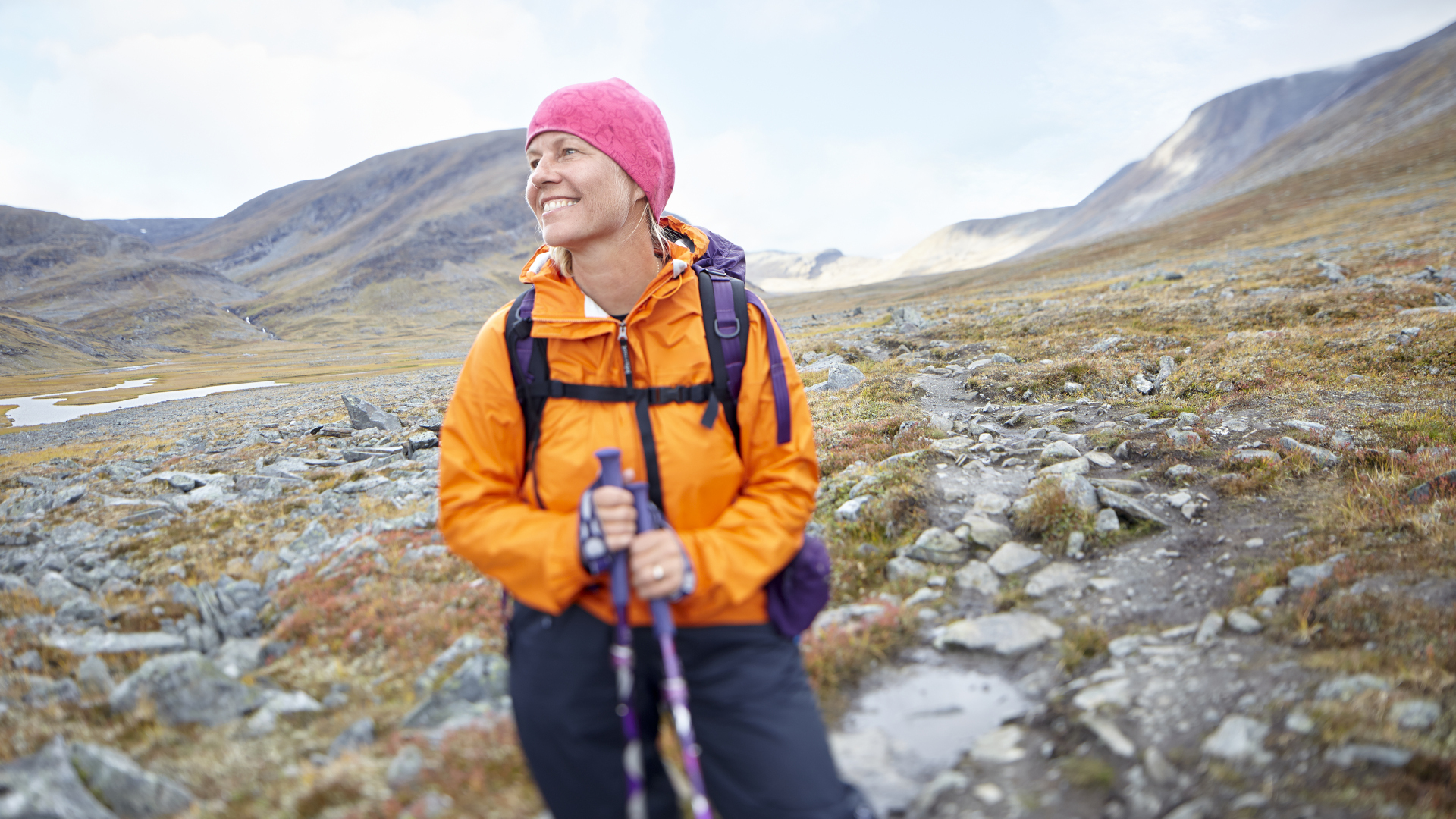
How to avoid trekking pole injuries
So, the good news is that if you, like me, you use your trekking poles to protect your knees, your reasoning appears to be sound. It does seem, however, that you could be at a small risk of certain other injuries. After digging around a little more on some online walker’s forums, I found that the general advice given amongst regular hikers who use poles is this: don’t use the wrist straps, and let go of your poles if you fall.
The first is easy to implement. Your trekking poles probably have wrist straps, so you probably use them without thinking about it. They don’t aid your hiking at all, but when you stop to take a picture or have a sip of water, it’s nice not to have to put them down where they inevitably start rolling away down the hill.
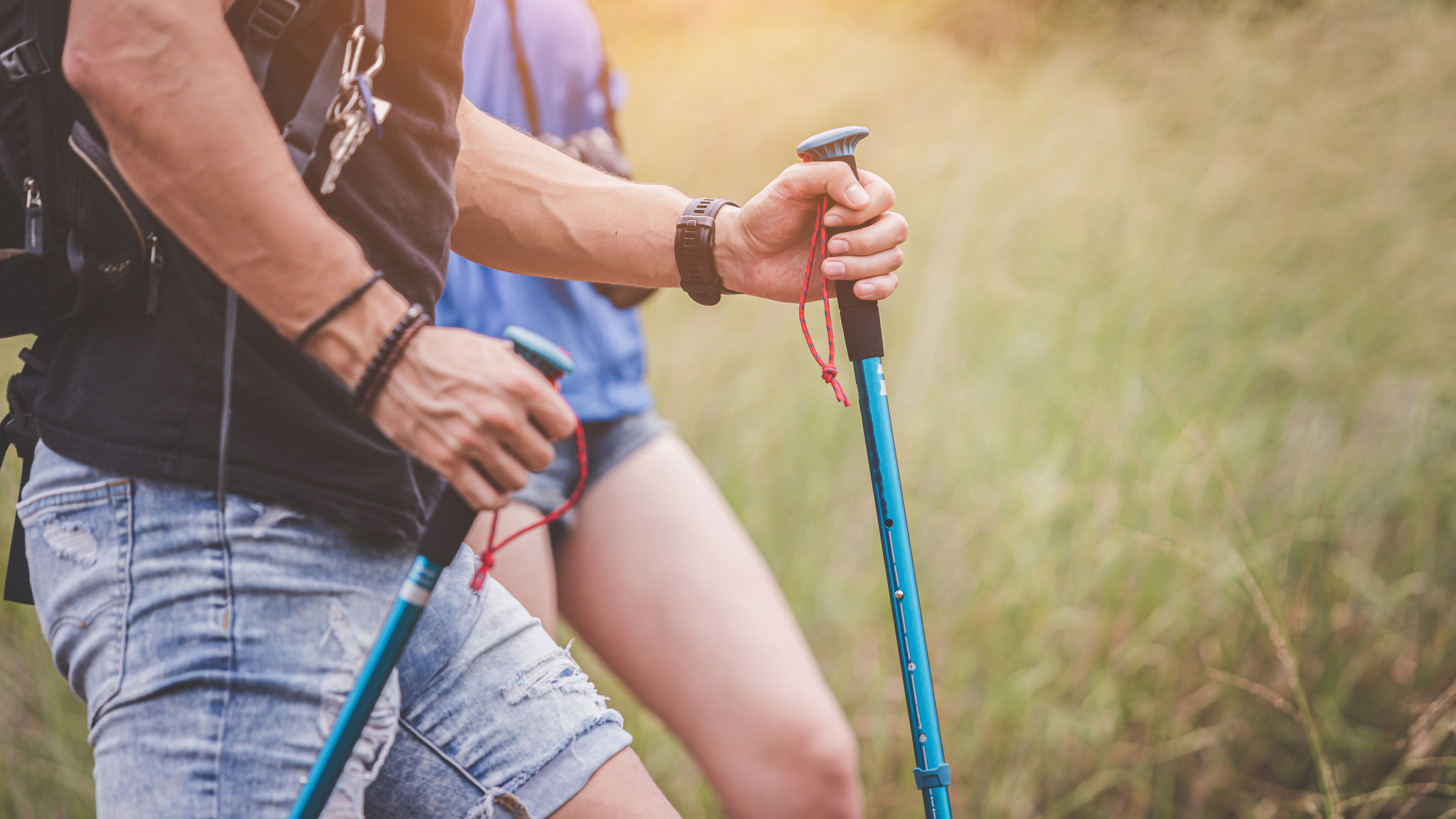
However, if you plant your pole while walking, lean your weight on it and then it slides out from under you, if still physically attached to you, you can easily end up pulling a shoulder of the socket or getting awkwardly tangled up. Same goes for if you’re walking quickly and your pole gets tangled up in the long grass – if you’re not strapped in, it will just get pulled out of your hand. Irritating, but not injurious. So, starting now, don’t use the wrist straps when you’re actually walking. Just use them when you stop if you don’t want to put your poles down, then remove them when you get going again.
The second one is a little more difficult, because the tendency when anyone falls is to grab onto something, and if you’re already holding a trekking pole, you’ll likely hold on even tighter. You only have a split second to make a decision, but if it happens, try to let go of your poles on the way down. In addition, take care when planting your poles, especially on a slick surface and if you do find yourself scrambling, it’s best to fold your poles up and put them in your backpack until you can walk upright again. And as always, pay attention.
- Best hiking shoes: lightweight footwear for tackling rugged trails
Julia Clarke is a staff writer for Advnture.com and the author of the book Restorative Yoga for Beginners. She loves to explore mountains on foot, bike, skis and belay and then recover on the the yoga mat. Julia graduated with a degree in journalism in 2004 and spent eight years working as a radio presenter in Kansas City, Vermont, Boston and New York City before discovering the joys of the Rocky Mountains. She then detoured west to Colorado and enjoyed 11 years teaching yoga in Vail before returning to her hometown of Glasgow, Scotland in 2020 to focus on family and writing.

